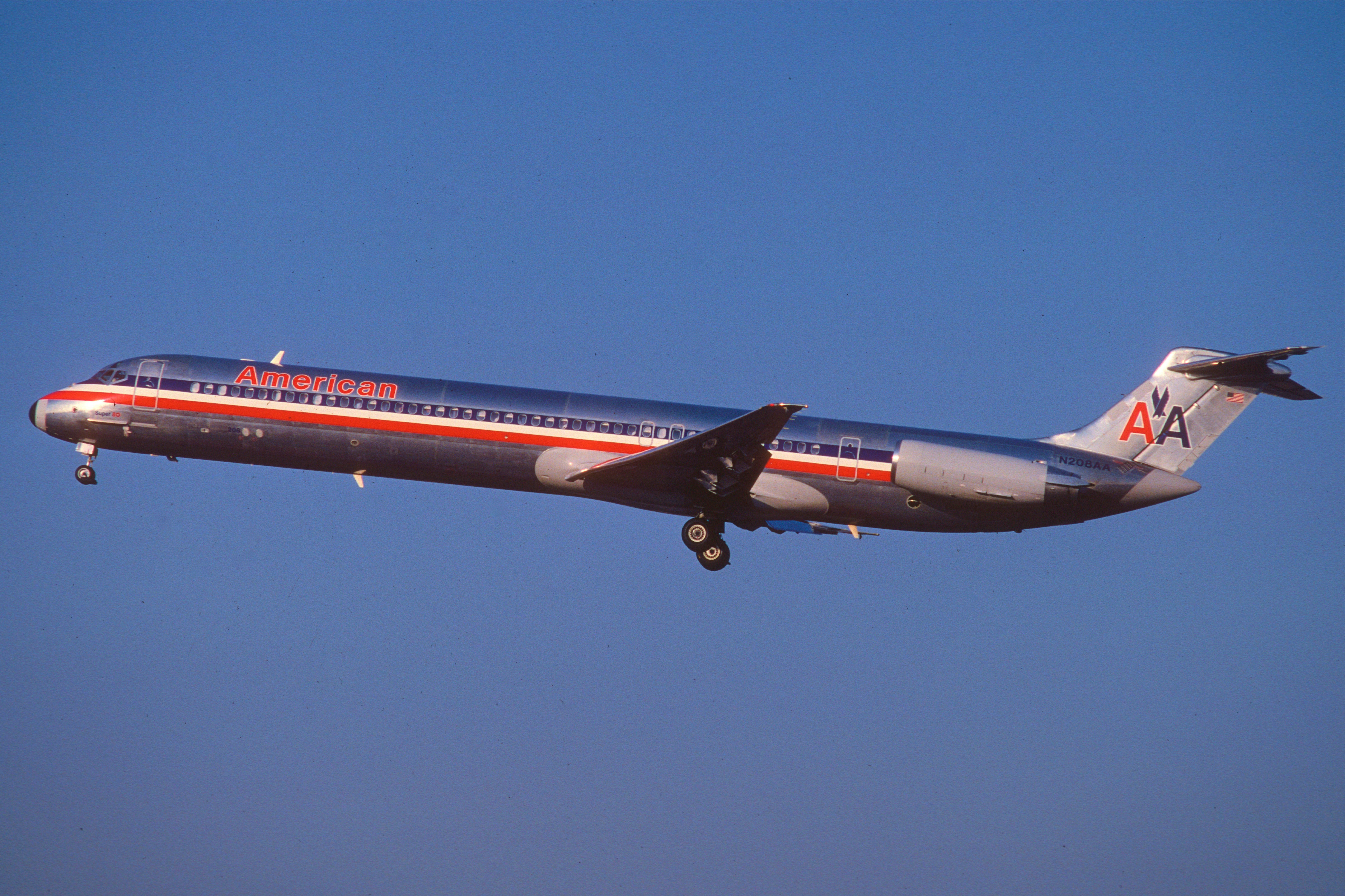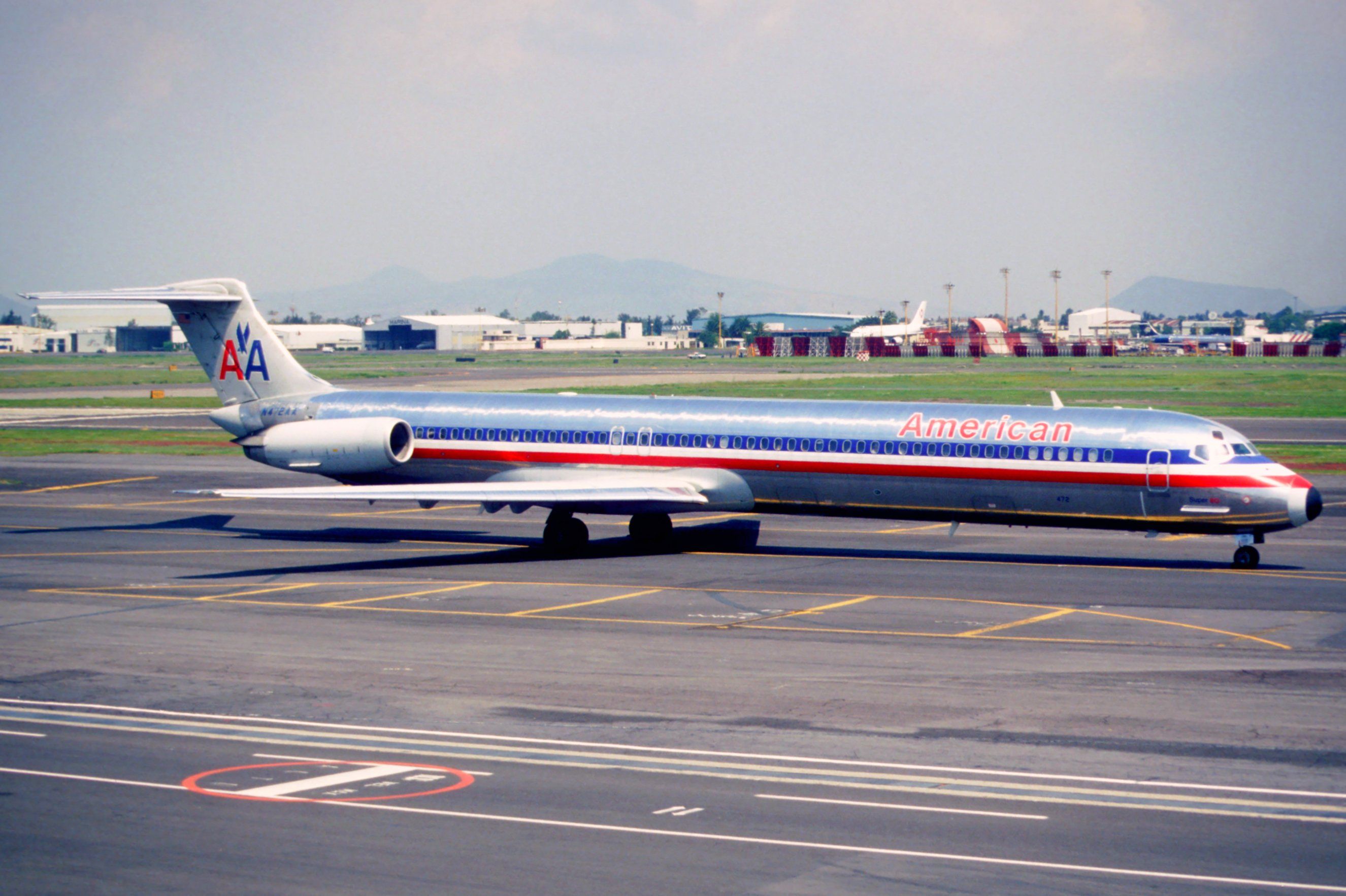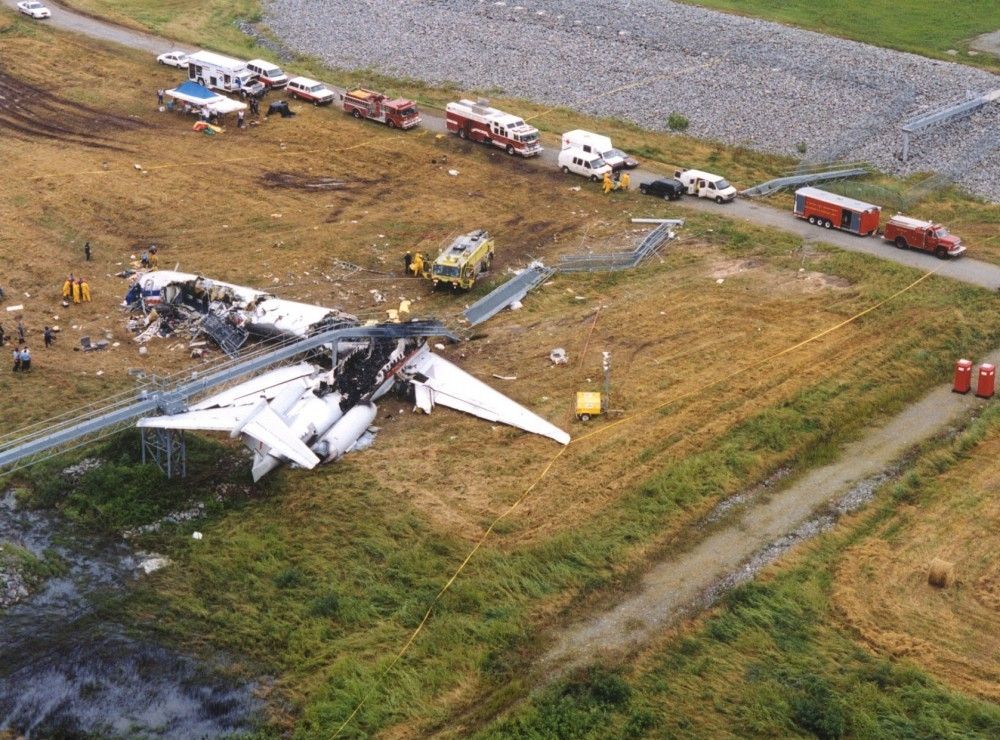American Airlines Flight 1420 crashed 23 years ago today, on June 1st, 1999. The McDonnell-Douglas MD-82 overran the runway in Little Rock, Arkansas after landing in the middle of a brutal thunderstorm. The crash resulted in 11 fatalities and dozens of serious injuries among the 145 onboard. Let's take a look back at this fatal accident.
Incoming weather
AA1420 departed Dallas-Fort Worth (DFW) at 22:40 local time bound for Little Rock. The aircraft flying the routes was N215AA, delivered to American Airlines in August 1983 and flying since then.
Due to bad weather on the inbound flight and a crew working limit of 14 hours, American opted to tow a new MD-82 to the stand to allow the current crew to take off before their duty limit at 23:16 went into effect. This became an important factor later.
At 23:04, the crew of AA1420 were advised of severe thunderstorms in the Little Rock Airport area by ATC but chose to expedite their arrival than divert or return to DFW. By 23:39, a warning by ATC stated runway 22L was facing a wind shear and changing wind direction, with Captain Richard Buschmann opting to switch to 04R instead, just 11 minutes before landing.
This change in runway forced ATC to reroute the MD-82 away from the airport for approach, causing the onboard weather radars to miss the incoming thunderstorms due to their narrow, forward-facing field of view. Five minutes later, as the plane was lining up, the First Officer advised that visual contact was lost with the airport due to the storm clouds. However, the Captain opted to land faster and the flight was cleared for an instrument (ILS) landing instead.
Stay informed: Sign up for our daily and weekly aviation news digests.
Landing checklist
Due to the hurried decision to land, the crew missed two crucial prelanding steps. The first was failing to arm the automatic spoiler system and automatic braking system. Landing flaps were only deployed by the First Officer at 1,000 feet from the runway. However, this was not enough.
The automatic spoiler and braking systems is crucial for landing on a wet runway since they prevent lift and force more weight onto the landing gear. Without these deployed, even manually, the plane landed and kept sliding down the runway. The reverse thrust and brakes did little to slow the aircraft and only caused a loss of directional control.
The MD-82 crashed into the security fence 800 meters from the end of the runway and then sit the support light structure. Since this structure was not made to break and reduce impact, the left side of the fuselage was directly hit and split from the rest of the plane. This final impact resulted in 11 passengers losing their lives and 44 facing serious injuries, including the First Officer and three crew members.
The review
The final NTSB report cited pilot error in choosing to land in a thunderstorm and not following the prelanding checklist. This was backed by fatigue (the Captain had been awake for 16 hours at the time), failure to follow crosswind guidelines, and the use of reverse thrust. Since then, American Airlines has amended crew limits and introduced new checklists to prevent similar accidents.



